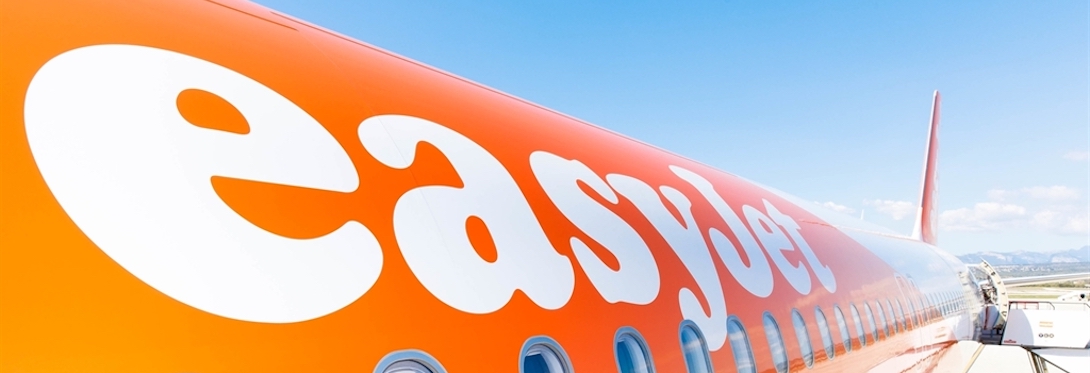easyJet Delivers Year-End Reports to Tight Deadlines

The Situation
As one of Europe’s leading low-cost airlines, easyJet’s chief operational focus is to deliver low fares and operational efficiency on point-to-point routes, with its people making the difference by offering friendly service to its customers. At the same time, as a public company listed on the London Stock Exchange (LSE: EZJ) and a constituent of the FTSE 100 Index, easyJet must also ensure that its shareholders are confident in its leadership, and that it maintains its reputation for transparency and financial integrity.
To this end, easyJet must produce a wide range of external financial statements and reports. The need to deliver this varied portfolio of reports to the board, investors, auditors, analysts and other stakeholders puts the group reporting team under significant time-pressure, particularly at periods such as year-end and half-year.
Gail Butler, Head of Group Reporting at easyJet, explains: “Among other outputs, we need to provide the financial statement and financial review sections of the annual report, a report for the audit committee, and slides for analysts, both for the whole group and for four subsidiaries. To ensure that these reports are accurate, we need to take great care that the latest financial figures from our back-end systems are represented correctly—and updated consistently whenever something changes.”
The Transformation
When easyJet decided to go ahead with its move to CDM on Cloud, the project team knew it had a narrow window of opportunity.
Emma Butcher, IT Project Manager at easyJet, recalls: “We only had a few months to get the new solution into production before our year-end in September. It was important not only to get the software in place, but also to build up our in-house team’s skills: one of the shortcomings of the previous solution was that we only had one expert in our reporting team who understood its inner workings. We were determined not to run that risk again.”
The Results
easyJet successfully completed its migration to the new solution ahead of its September deadline, and its reporting team could complete the company’s year-end disclosures successfully, on schedule.
“We have always had a very tight timeframe for year-end reporting,” comments Gail Butler. “Whilst this timeframe remains tight, through the use of CDM we have made the whole year-end reporting process much smoother.”
In the easyJet team’s opinion, one of the most important advantages of the solution is the fact that it allows them to prepare for a busy reporting period ahead of time, by setting up the reporting templates in advance. As soon as the consolidated year-end or half-year financial figures are available, the integration between CDM and the company’s back-end systems populates these reporting templates automatically—giving the reporting team more time to focus on other aspects of the process, instead of spending hours inserting, reviewing and correcting the numbers.
Gail Butler comments: “Before I joined easyJet, I worked as an auditor, and I saw companies trying to produce their annual reports manually, using spreadsheets. It was a hugely time consuming and error-prone process. Considering the tight timeframes that we work with today, it would be hard to deliver on schedule using these manual processes.”
The new solution also expands the range of options available for reporting outputs, helping easyJet automate additional aspects of its reporting processes. For example, integration with Microsoft PowerPoint makes it possible to create slide decks that easyJet provides for industry analysts—a task that was previously done manually.
Gail Butler concludes: “This project wasn’t motivated by return on investment, but now that we have the solution in place, we’re seeing opportunities to use it in other areas of the business. For example, our monthly management reports are mostly manual at the moment, and we could potentially streamline that process significantly by moving it into CDM. The more time we can give back to our analysts to do real analysis, rather than just crunching numbers, the more value we can add to the business.”
The cloud option means that we don’t have the risk and maintenance costs of having physical hardware on-premise.